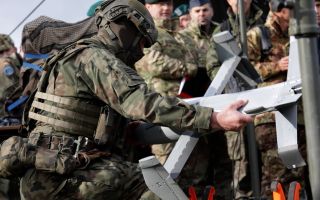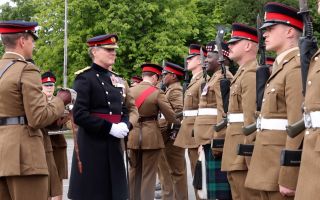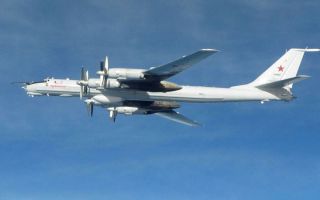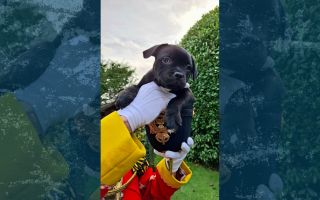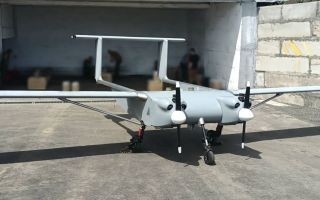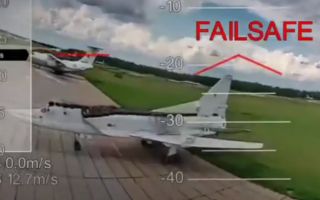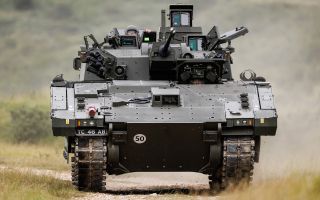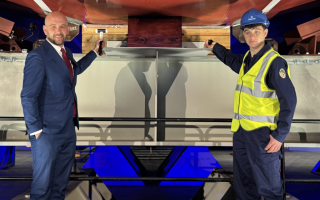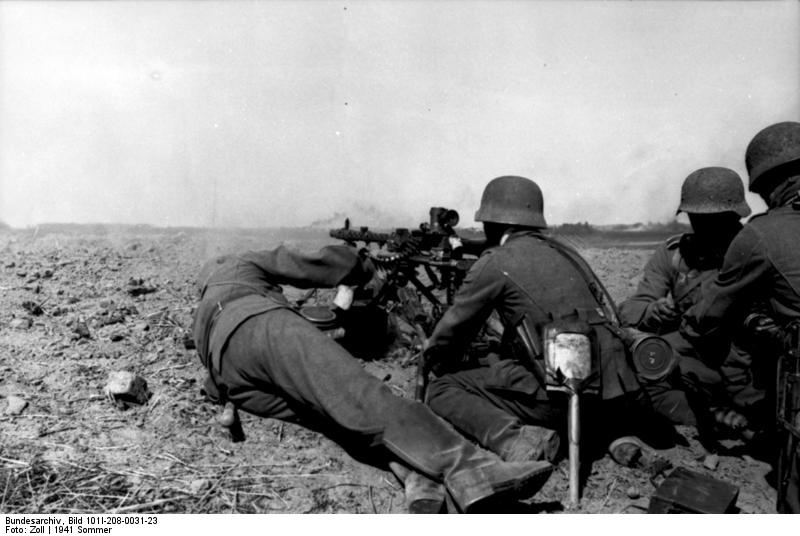
Out Of Reach: Striking Images Of Operation Barbarossa Uncovered

Historians have for decades focused on Hitler’s decision to open an eastern front in 1941, drawing resources away from operations in the west and ultimately spreading his military too thinly. In just six months, the Germans were defeated in their endeavours to march on Moscow, a failure the Nazi leader attributed to bad weather.
Today, the German Federal Archives hold hundreds of photographs detailing this critical period of World War Two history.
The images were taken by German commanders and everyday soldiers on the ground. Heavily controlled through Nazi propaganda processes, they ought to show the stark realities of defeat. Yet, instead, the German advance East appears more successful. Soldiers are seen fighting, morale seems high, the original Nazi-written captions read more like Superman comic strips offering scant fact in their presentation.
Here, we have selected some of those pictures and their original propaganda-written captions. Although the collection is limited to providing a one-sided account, the photographs offer insight into the conditions soldiers faced in battle across the Russian front and a close-up perspective of the action.
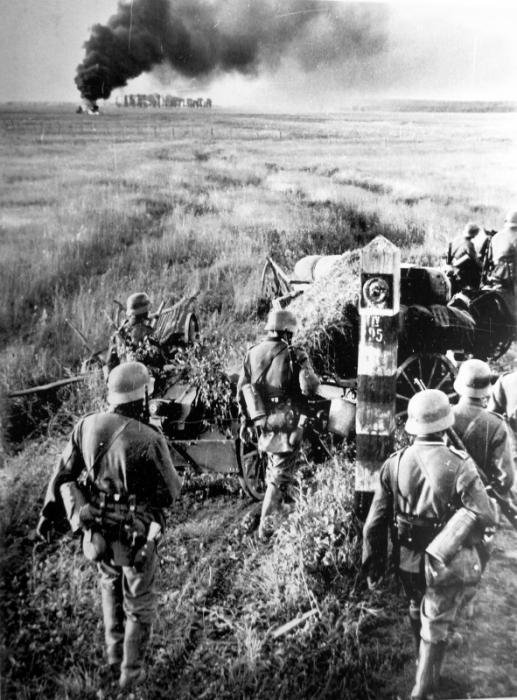
(ABOVE) This image was taken on the opening day of Operation Barbarossa. Its caption says that the German soldiers are crossing the border of the Soviet Union on 22 June 1941. In the distance, a vehicle, possibly a tractor, is seen smouldering. The troops appear to be dragging equipment needed for their mission manually, without mechanised support.
(BELOW) This image was reportedly taken in Kharkiv, Ukraine, in October 1941, some three and a half months into Barbarossa. Anti-vehicle defences appear in the fore and middle ground. The soldiers appear to be not imminently facing danger, as told by their lax demeanour and the positions of their personal weapon systems.
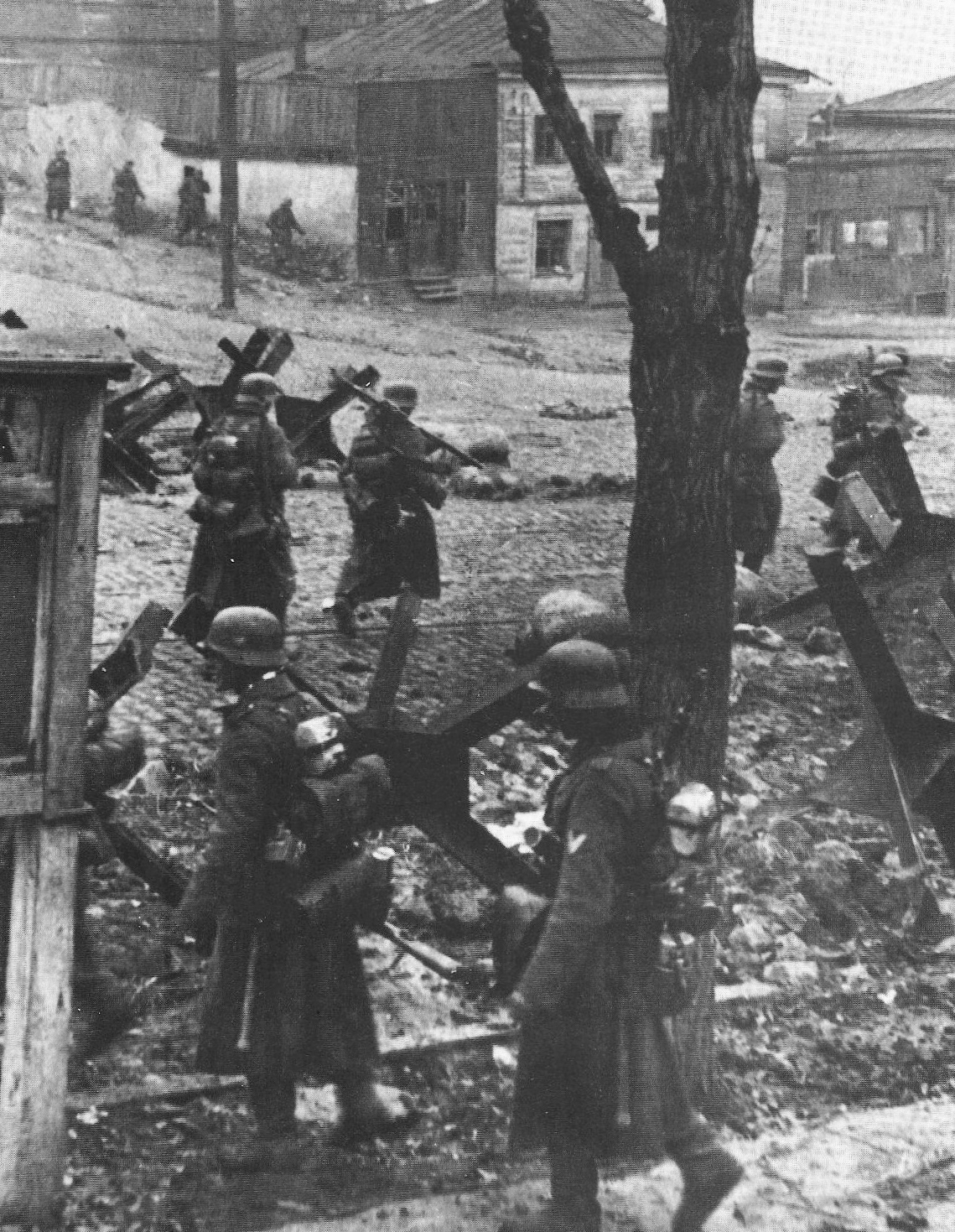
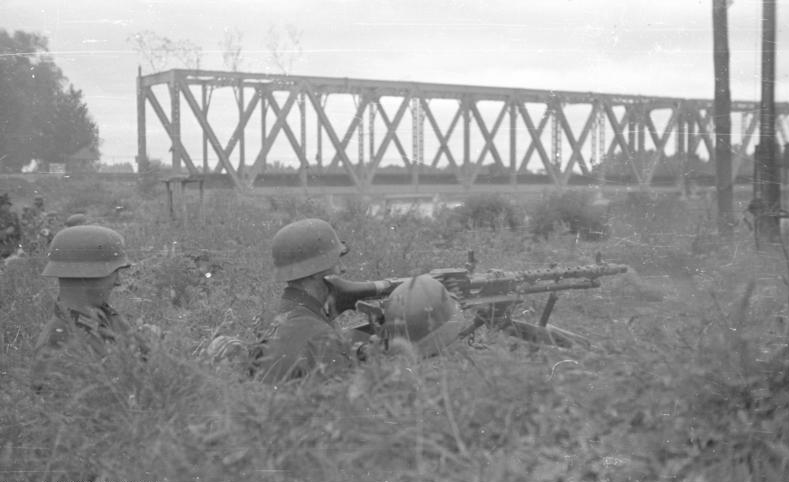
(ABOVE) Three German soldiers are seen behind an MG-34, next to a river in South Russia. The image is dated 2 September 1941.
(BELOW) This photograph shows "Oberstleutnant Hans von Ahlfen" (Liuetenant Colonel) using a field telephone in the Soviet Union near the River Prut (Pruth). It was most likely taken in Ukraine. 3 July 1941.
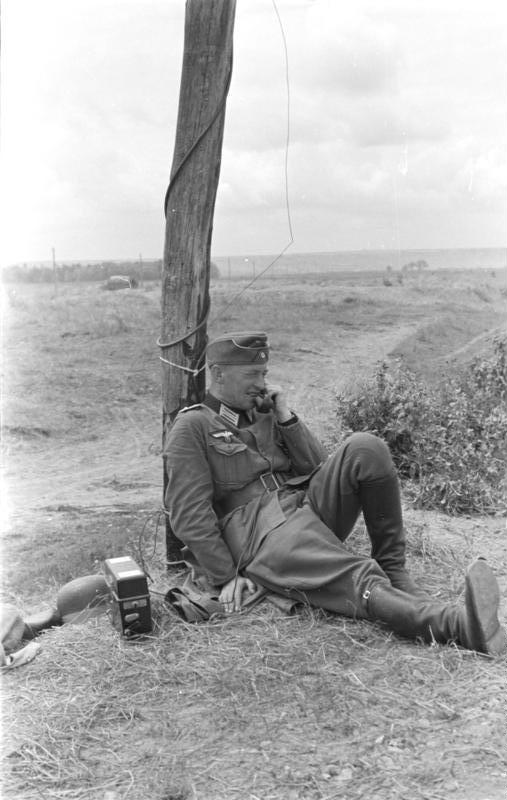
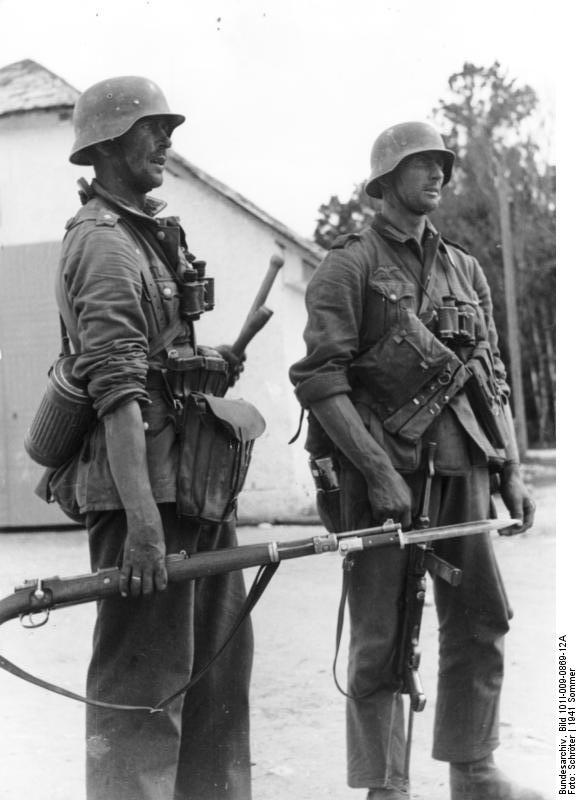
(ABOVE) Two German infantrymen. On the left is a "Feldwebel" (Sergeant) holding a K-98 rifle with bayonet attached. Location: Russia. Date: June 1941.
(BELOW) Two German soldiers (including a soldier with a bayonet attached) in a crouched position in a wooded area. The image was held by the Propaganda Companies of the Wehrmacht - Army and Air Force.
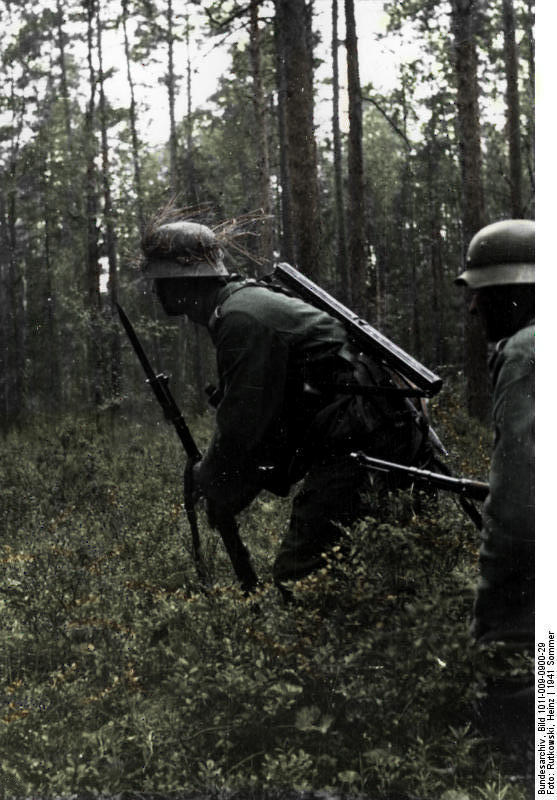
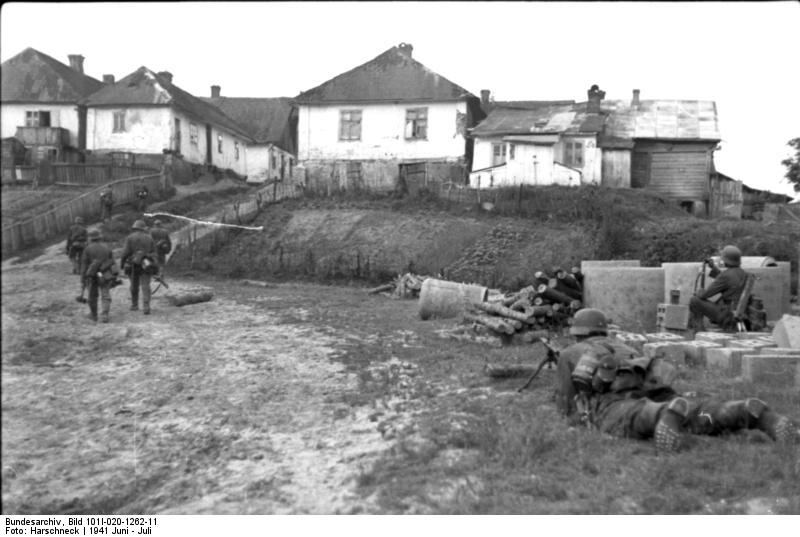
(ABOVE) Soldiers are seen here, on the right of the picture, in offensive positions. On the left, troops are moving into a built up environment. South Russia, June 1941.
(BELOW) Soviet Union - south. Two infantrymen in cover on a house. June 1941.
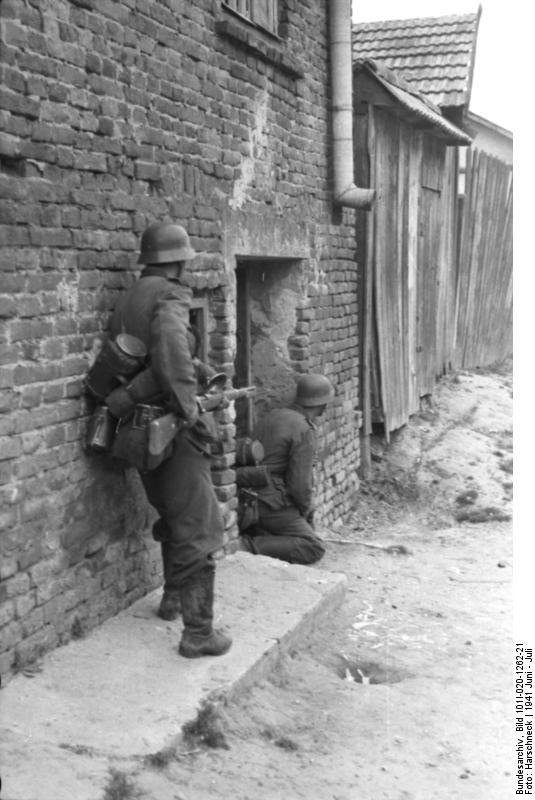
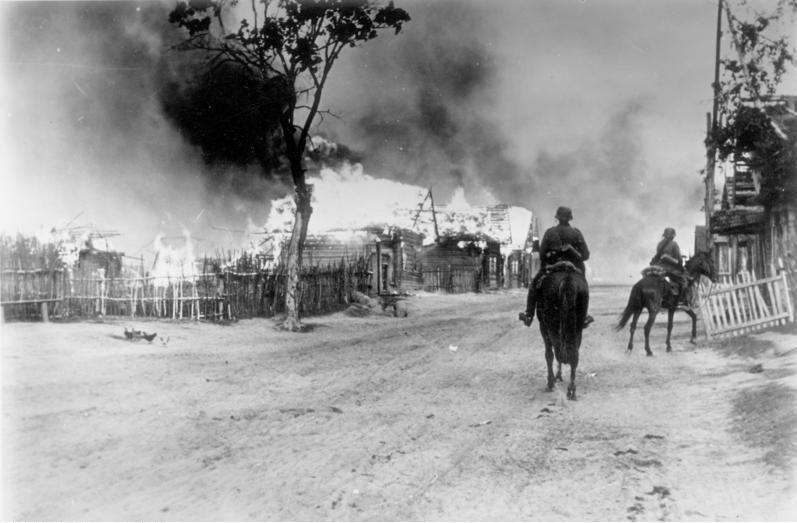
(ABOVE) 28 June 1941, Dnieper River, Mogilow. The original, propaganda-focused caption reads: The head of the cavalry scouting party has reached the burning village, where the enemy put up stiff resistance. The German artillery fire has dispersed the enemy, the village is free of the enemy, the infantry can march on.
(BELOW) Two German camouflaged soldiers move lowly though the cover of the long-grassed field near Lemberg, Ukraine. July 1941.
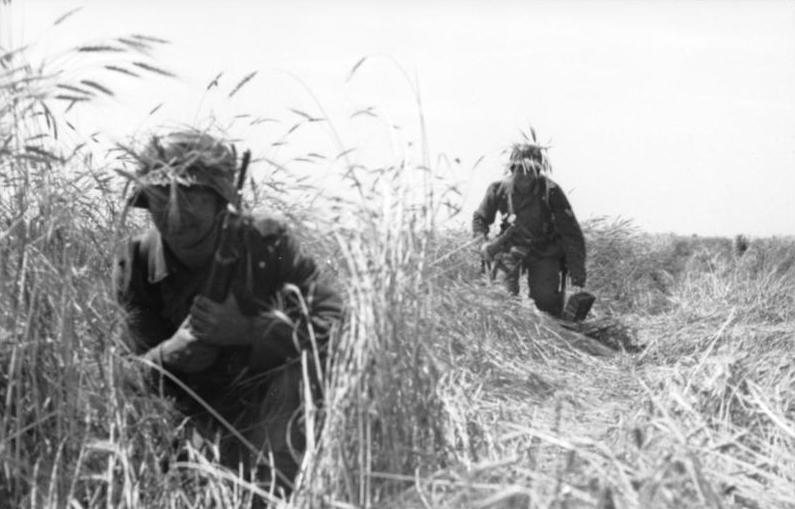

(ABOVE) A section of soldiers at a machine gun position, June 1941. They are operating an MG-34. Soviet Union.
(BELOW) A defective Russian KW-2 tank examined at the roadside by German soldiers. North Russia, June 1941.
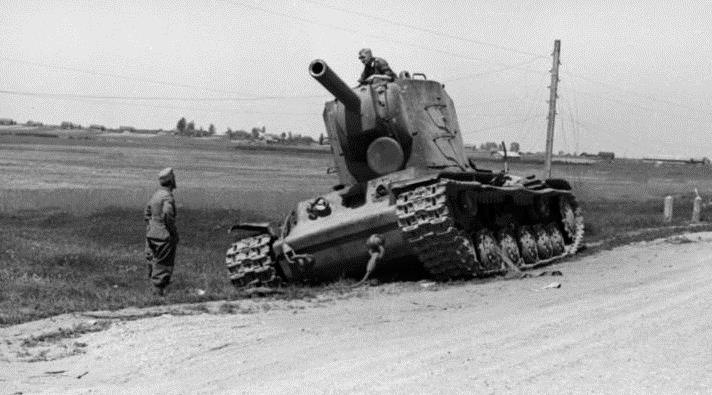
Cover: A section of soldiers at a machine gun position, June 1941. Federal archive, picture 101I-208-0031-23 / Zoll / CC-BY-SA 3.0.

